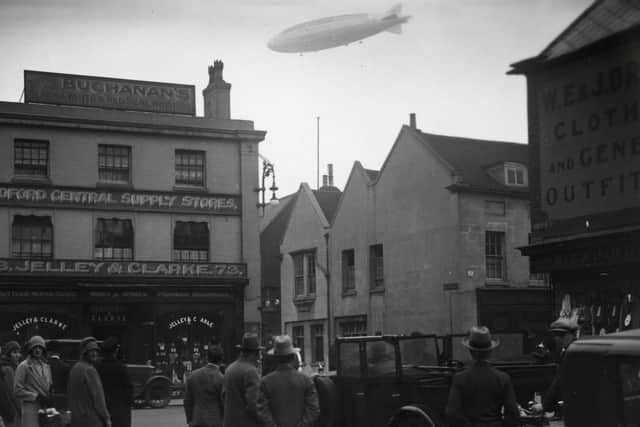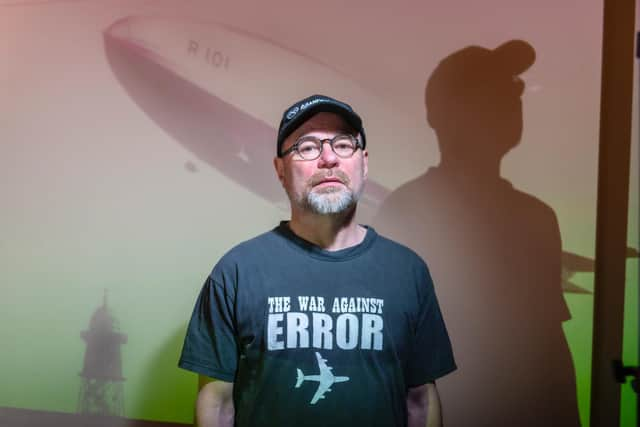New exhibition at The Higgins Bedford explores our fascination with airships
and live on Freeview channel 276
A new exhibition looks into Bedford’s relationship with the UK’s airship industry - including Cardington Hangars and the R101.
Called Airship Dreams: Escaping Gravity, it opens at The Higgins Bedford on Saturday, July 10.
Advertisement
Advertisement
It's been commissioned by Bedford Creative Arts (BCA) in partnership with The Higgins Bedford and the Airship Heritage Trust (AHT) - and forms part of Airship Dreams, a project exploring Bedford’s identity as the historical centre of the UK’s airship industry, past and present.


Artist Mike Stubbs, who was brought up in Bedford, along with collaborator Dave Lynch, delivered a week-long workshop in Bedford Library in 2019. They invited local people to share their stories and experiences of Cardington and the airships, directly inspiring the artwork.
Bedfordshire resident Den Burchmore worked at RAF Cardington Camp and was the curator of the Airship Heritage Trust collection.
And Mike has captured Den's story - with students from Bedford College animating excerpts of his oral history as part of the exhibition.
Advertisement
Advertisement
Audiences at the museum will experience an audio-visual artwork and a newly composed symphony that rises and falls as a metaphor for the life of the R101 airship.


In the 1920s, the airship was considered the future of aviation and Bedford’s role as the UK’s global airship hub seemed certain.
The giant Cardington Sheds were home to the R101, which at the time was the largest airship being developed.
However, air minister, Lord Thomson, decided the airship should sail before it was fully ready and on October 4, 1930, the R101 crashed on its way to Karachi.
Forty-eight men died, including Lord Thomson. It was the end of the UK’s airship programme and Bedford’s airship dreams.